Deep-Dive: Comedy genre – a laughter challenge for channels
Laughter in the stress-filled lifestyles today has become a much valued item. Thus we see sharing of jokes and funny videos on our social media accounts. And till not so long ago, would sit glued to the TV sets every evening on weekends to see what Kapil Sharma and his band of cronies were up to. But that, alas, did not last long. There have been attempts to revive the laughter quotient with the revival of the very popular show – ‘Sarabhai Vs Sarabhai’ in a Take 2 version on the digital platform. ‘Tarak Mehta Ka Ooltah Chasmah’ continues to charm the viewers night after night.
But one draws a blank after that when trying to recall the other comedy shows of note on air – the purebred comedy shows and not some feeble tracks on regular shows. While the potential is there and the viewers are there, then why is it that the comedy genre has not found a more firm footing on Indian television? One longs to see shows like 'Dekh Bhai Dekh', 'Zabaan Sambhal Ke', Jaspal Bhatti’s 'Ulta-Pulta' and 'Flop Show', 'Office Office', 'Tu Tu Main Main'.
We saw the rise of stand-up shows such as ‘The Great Indian Laughter Challenge’ and ‘Comedy Circus’, which continued with ‘Comedy Nights Bachao’ and Comedy Nights With Kapil’ and ‘The Kapil Sharma Show’. But beyond that, the comedy soaps have been amateurish and more gags led.
Adgully spoke to a cross-section of industry experts to gauge what ails the comedy genre in India today – the content, the viewership, the challenges, the writing, audience tastes, and the road ahead.
Under-explored and under-served
When it comes to the comedy genre in Indian television, industry experts are unanimous in their view that this genre remains under-explored – be it in the English entertainment space, as stated by Hashim D’Souza, Programming Head - English Entertainment, Viacom18, or Hindi and other languages. According to Sunjoy Waddhwa, CMD, Sphereorigins, “Though we have come a long way, there is a lot of potential in the market. Comedy is purely a writer’s medium; it is a genre where extra emphasis is needed on writing and the right kind of expression is required. We still don’t have those kinds of shows that we can say are benchmark comedy shows. But I believe there is a lot of scope in this genre.”
While stating that the audience demand for comedy is a lot more than the number of good shows available, Shailesh Kapoor, CEO, Ormax Media, opined that comedy has been an under-served genre in India for the last 25 years, since the start of the satellite era, though there are 2-3 shows like ‘Taarak Mehta Ka Ooltah Chasmah’, ‘Bhabiji Ghar Par Hai’ and (till recently) ‘The Kapil Sharma Show’. He, however, did not think that the genre was under-explored, but at the same time added that the problem was that of poor success ratio. “Only about 10 per cent of comedy shows work, which is a much lower ratio than other genres like family, romance, mythology or historical,” he pointed out.
Giving an actor and comic’s perspective, Vikramjit Singh, a stand-up comic, felt that the comedy shows today are totally uninspiring. He further said that most TV comedy played on stereotypes, without any fresh perspectives on them, or the age-old husband wife relationship. Mincing no words, Singh affirmed, “It is formulaic and safe – which is the death of comedy. Worst of all, there is no political satire. It is also because television itself (including non-comedy genres) has taken a regressive role.”
Continuing further, Singh said, “To say that this genre has even been ‘explored’ is an exaggeration. Old tropes are being rehashed one way or the other, with a liberal dose of sexism and racism. Whatever little ‘jokes’ exist, are brutally spoon-fed.”
Veteran actor Rajendra Gupta, too, felt that the overall quality of comedy is at loss. He further said, “Somewhere or the other, the real decision makers at channels have weird norms. They live in big cities and see life from their own perspective and discuss and define what is wrong and right for comedy, whereas they are not aware of the reality and that is why comedy is being led to a different direction. Earlier, the shows were situational and used to convey a social comment continuously.”
Why the laughs won’t come?
Continuing with what is wrong with the comedy shows on Indian television today, Gupta opined that the comedy today has no relation to what is right or wrong and is meaningless. He added that the scripts are quickly and forcefully written and there is very less focus, which has been adversely affecting the quality of content. “Comedy is not supposed to be meaningless,” he stressed.
Along similar lines, Sunjoy Waddhwa said that while there are good writers, there is no experimentation with different concepts of comedy. “There is either a show or a ‘Laughter Challenge’ kind of stuff, which isn’t evolved but a very base level comedy situation that we are seeing today. The writers will have to come up with better stuff and the channels need to pick up something that is really different,” he added.
While speaking on what dictates comedy shows the most today, Hashim D’Souza noted that where international content is concerned, ‘light-hearted’, easy viewing content always works. Comedy about friendship, relationships/ family sitcoms, along with unscripted comedy like pranks, home videos, etc., are always popular.
Along with these, satire is definitely an interesting sub-genre. However, in a country like India, one has to be extremely sensitive about the content that is being created since channels reach out to a very large and varied audience.
While it is very difficult to predict what kind of content will click with the audience, D’Souza remarked that amid the variety of options available for the viewer, research indicates that simple, relatable and easy to grasp humour will always be the most popular.
Tough genre, difficult to sustain
Commenting on the evolution of the comedy genre in India, Sunjoy Waddhwa noted, “In our country, we have turned everything into a daily soap and so now comedy is also coming as a daily soap factor. But for comedy to come up, it cannot be a daily soap as there is too much of dilution happening. One needs to take up different topics and make it into a finite series of, say, 40 to 50 episodes, and there must be different shows coming one after the other in the comedy genre. Shows like ‘Laughter Challenges’ are always welcome as they are weekly and full of life and give exposure to young talent.”
Waddhwa also felt that there is a lot more scope for comedy than what people think. While evolution has happened in terms of viewership, there is now need for evolution from the writers’ and channels’ side as it is an open territory. He added that there is no dearth of talented comedy writers in the country.
On the other hand, Shailesh Kapoor admitted that comedy is a tough genre to write and added that the dearth of good comedy writers in television is one of the biggest challenges. “Also, in a daily show format, it is difficult to sustain humour on a day-to-day basis, unless there is a strong team of writers. The other constraint that comedy faces is that it has to be family-inclusive for it to work. So, the kind of comedy that works on the Internet (for example, Permanent Roommates, Pitchers, etc.) doesn’t work on TV, as it is more youth-targeted than family-inclusive. This limits the choice of subjects to a large extent,” he added.
Speaking about the international scenario, Kapoor noted that globally, too, the success ratio of comedy is lower than most genres, as that’s the nature of comedy in general. “But if you look at the list of hit shows in any year in the US, you will find 3-4 comedies in the top 10, vis-a-vis only one in India for the last decade – ‘Taarak Mehta Ka Ooltah Chashmah’,” he added.
Meanwhile, Vikramjit Singh felt that Indian comedy shows do not fare well at all when compared to international content. “You have ‘Veep’, ‘Rick and Morty’, ‘Catastrophe’, ‘Masters of None’, etc., which are pushing the envelope in terms of the chosen subjects, the writing, the performances and production values. There’s brave experimentation happening, whereas there are none in India. Granted, we are a different country with volatile sentiments, but nobody even seems to be trying,” he lamented.
The road to laughter is an uphill task
Stressing on the writing factor, Shailesh Kapoor said that Indian channels need to invest in a team of writers. While production houses might not have the set-up or the economics to do that, but if a channel is serious about exploiting the huge mismatch between the high demand and the low supply of comedy, they will need to fund writing and development, Kapoor affirmed.
Agreeing with Kapoor, Hashim D’Souza noted that even in the English entertainment space, writing good comedy is challenging given the restrictions imposed. He added, “The audience is exposed to great quality and they would not settle for anything less. There needs to be a concentrated effort to develop budding writers who grasp the English diaspora.”
Despite the challenges, Kapoor remains optimistic about the comedy genre in India as the consumer need is there, which means that the genre will always be in demand. He pointed out, “Whichever channels manages to deliver hits in this genre will hugely benefit. We saw that with SAB TV in 2008-2010; with Colors with ‘Comedy Nights With Kapil’ in 2013-15; and with Sony with ‘The Kapil Sharma Show’ in 2016.
On a less optimistic note, Vikramjit Singh said, “Fearlessness, originality and freedom are the bedrocks of good comedy, and we seem to lacking in all spheres. Nostalgia aside, nothing is likely to top the era of ‘Dekh Bhai Dekh’ and ‘Flop Show’.” At the same time, he felt that ‘Sarabhai Vs Sarabhai’ making a comeback is a huge step up.


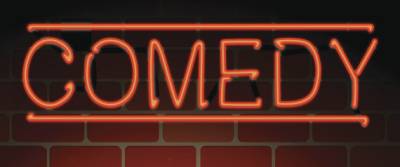
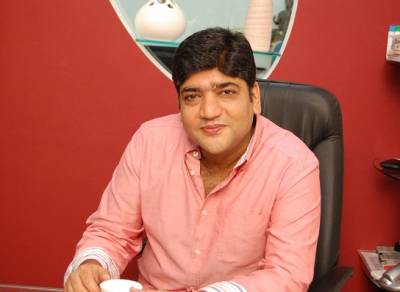
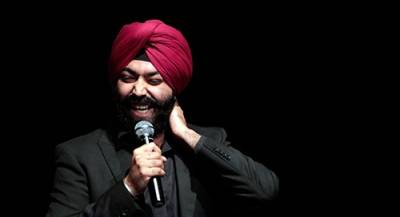

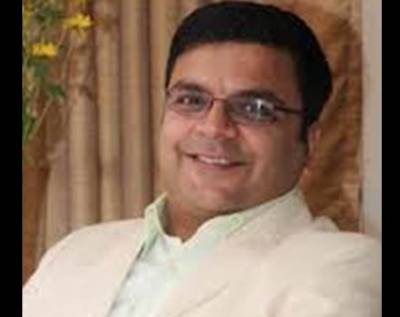
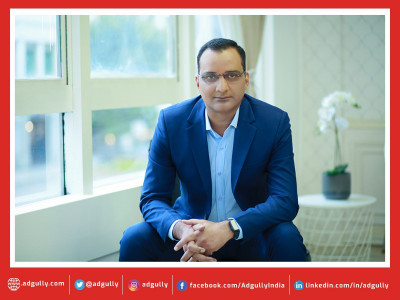
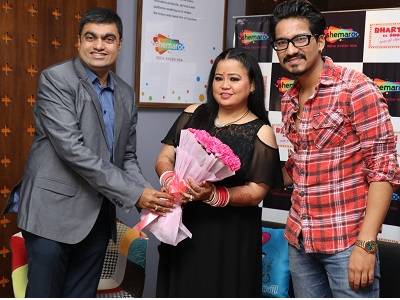

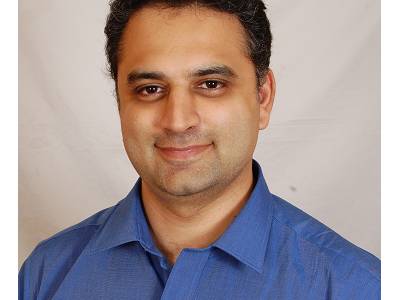


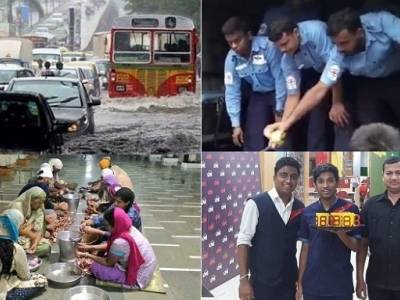
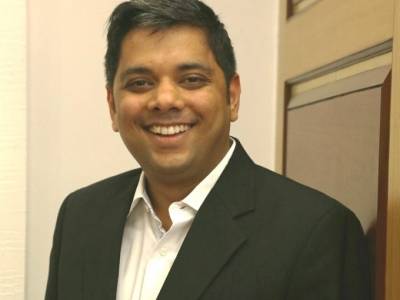




Share
Facebook
YouTube
Tweet
Twitter
LinkedIn